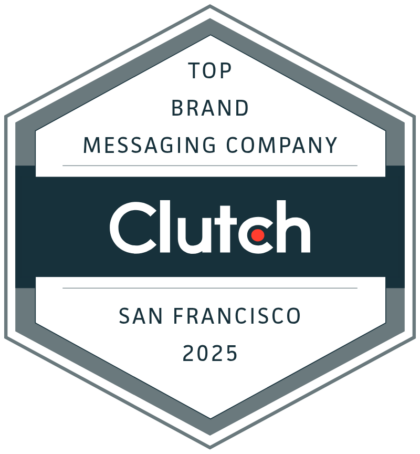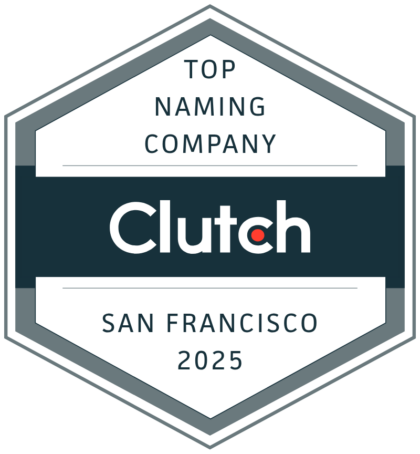People Brands
What's a people brand? It's a brand where the people are the product. And that's a surprising number of brands, from Starbucks and Amazon to Methanex.

David Kippen | November 9, 2013
WHAT EXACTLY IS A PEOPLE BRAND? In some cases, it’s simple: a brand where employees differentiate the product. For example, at The Ritz-Carlton, “ladies and gentlemen serving ladies and gentlemen” is the brand mantra. And at Starbucks, research has shown that the biggest difference in performance between store sales results from the quality of employee/customer interaction.
In other cases it’s not so simple. Our clients also include B2B people brands: brands where the customer has limited interaction with the workforce but the brand’s people are still differentiators. For example, we support one of the world’s largest methanol producers and suppliers. Though methanol is a commodity product, they’re able to charge a brand premium* for it. This brand premium results from the company’s flexible, integrated and team-managed product supply chain. The plants are always safe and the product is always where it’s supposed to be because the people are the best in the industry. So this B2B methanol brand is also a people brand, just like The Ritz-Carlton and Starbucks.
Imagine your typical brand. People—the stars of the story—arrive at work. The majority of them will walk into an office or a cubicle, turn on a computer or pick up a phone, and start their day. Eight (or ten, or twelve) working hours later, they’ll get up, pack up and leave. Observe them during their working hours and you’d be hard-pressed to see the difference between a top performer and an average employee. Anyone who’s ever worked knows it’s there, but it’s hard to put your finger on what makes top performers different.
Top performers are often top performers because of their job mastery. Like Olympic athletes or great musicians, it’s not always how hard they work, but how well they work. And because these factors are invisible, it’s even harder to piece together what makes a great team, great. But all of these invisible factors drive people brand differentiation. Our work begins here, with direct observation by highly skilled researchers trained in piecing together these performance differentiators.
If the client’s goal is attraction and engagement, the creative challenge is generally, “How can we express this idea simply and clearly to people who aren’t members of this tribe?” When the goal of the engagement is brand expression, the creative challenge becomes, “How do the people brand differentiators create competitive advantage for the business?”
In either case — in every case — the answer begins and ends with people.
*A brand premium is an additional amount in excess of the commodity price consumers pay to purchase a brand’s product. It’s why we pay more for Starbuck’s coffee than generic.
###
Dr. David Kippen serves as Chief Strategist and CEO of Evviva Brands. With a background spanning advertising and communications and a client base spanning the globe and including top brands in every sector, Dr. David Kippen is a world-renowned leader in brand strategy. David’s past clients include Amazon, Ameriprise Financial, Bain & Company, Blackrock, Burger King, Catholic Healthcare West, Chevron, Coca-Cola, Dell, Disney, E.ON, HP, HSBC, General Mills, Intel, Kaiser Permanente, Kentz, KLA-Tencor, Lam Research, Marriott International, Methanex, Moss Adams, Microsoft, Nokia, Premera Blue Cross, Teva and T-Mobile and Xilinx. David earned a PhD in English (rhetoric) from the State University of New York at Stony Brook. Prior to founding Evviva Brands he was Head of Global Brand Strategy for TMP Worldwide.
Phone: (415) 320-9777
Email: kippen@evvivabrands.com




















